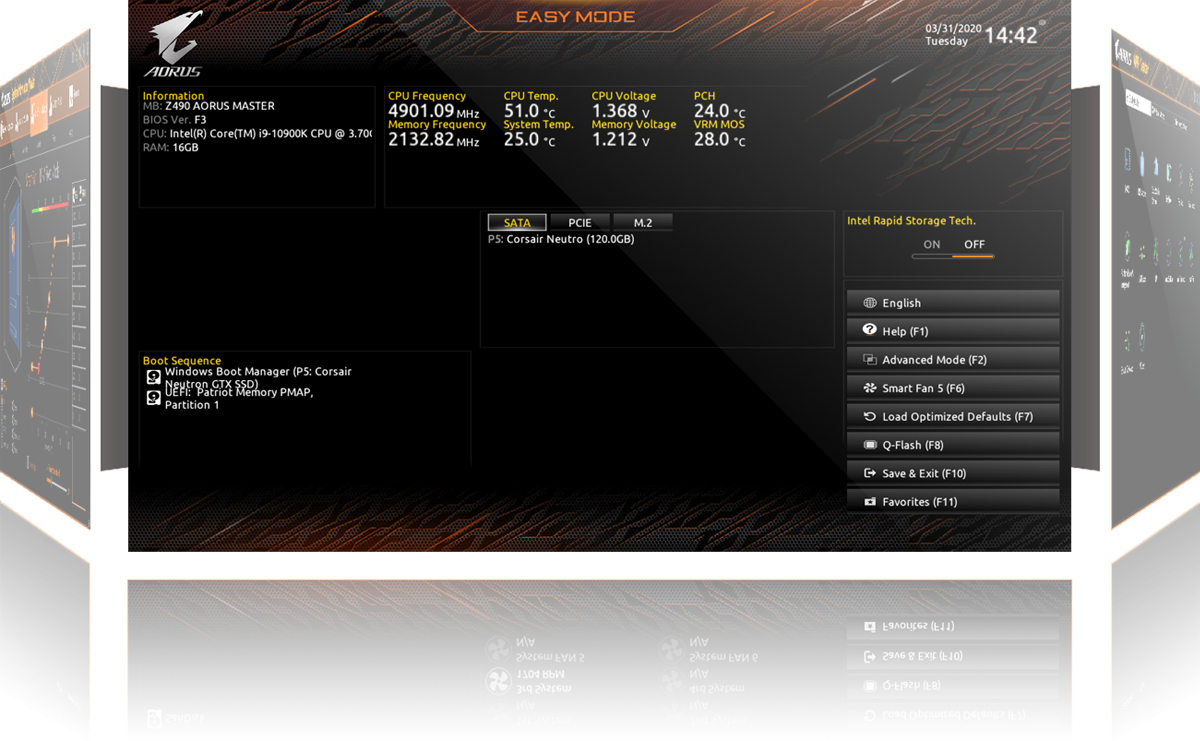

- #FLASH CENTER GUI HOW TO#
- #FLASH CENTER GUI DRIVERS#
- #FLASH CENTER GUI VERIFICATION#
- #FLASH CENTER GUI SOFTWARE#
#FLASH CENTER GUI DRIVERS#

#FLASH CENTER GUI VERIFICATION#
Because the device may have been programmed prior to this operation, it does not perform the verification step. Use FF as the pad value when loading each memory image to avoid corrupting previously written data. This is useful if multiple memory images are to be programmed to the device. It writes data to the device, but does not perform an erase cycle.
#FLASH CENTER GUI SOFTWARE#
Also, if the data to be written is large enough to require the entire device to be erase, and the memory device has an “erase all” instruction, the software will use the “erase all” instruction.

A warning will be logged if this is the case. Note that it is possible to erase more data than is written if a write ends in the middle of a sector. The erase will cover only those sectors which will be written. If the device is an SPI Flash, an erase cycle will be performed first.
#FLASH CENTER GUI HOW TO#
The goal of this article is to demonstrate how to program SPI flash and then read back the data Overview Although the following describes the ST Micro SPI Flash M25P32 assembled on the SPI Flash Demo Board, similar steps can be used for other devices. This article focuses on how to program SPI flash with Flash Center and Cheetah adapter. With one Flash Center click the user can erase, program, and verify an entire device. Using the Cheetah SPI Host Adapter with the Flash Center software makes it extremely easy to program EEPROM and flash devices. There are several ways to do this with the Cheetah adapter, including using Cheetah GUI, Flash Center, or the Cheetah API. Programming SPI memory devices is a common use case for the Cheetah Adapter.


 0 kommentar(er)
0 kommentar(er)
